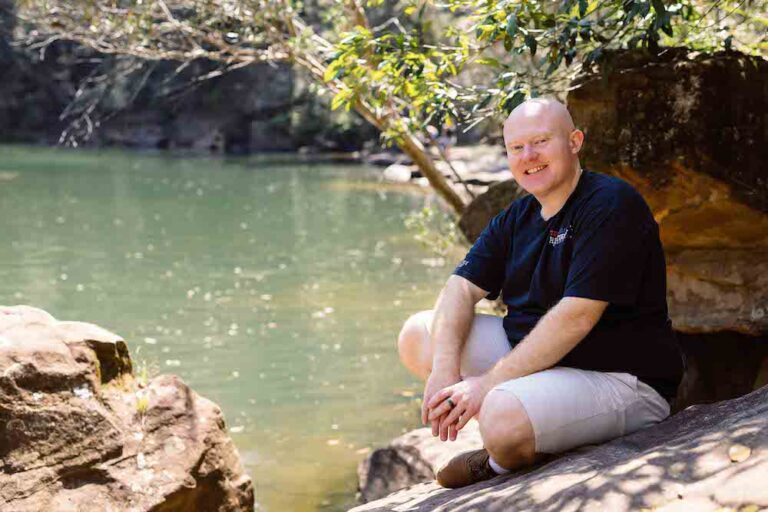The word trauma has become a part of our everyday lexicon – we have all been witness to it at some stage, whether it be in our own lives or via the regular reporting of it on the nightly news. Difficult and frightening events have always occurred, but today they seem more immediate, and research is continuing to discover more about how they affect the way we live.
When discussing trauma it’s important to recognise two types: childhood experience, and trauma that happens as an adult. Severe and long-lasting symptoms result when one trauma happens on the background of others. US research found that experiencing childhood trauma can be a major risk factor, impacting mental and physical health. Whatever the trauma, it leaves imprints on our minds and brains, immune system and ability to have good relationships with others. Current behaviour, such as an outburst at work, can be a remnant of trauma earlier in life, sometimes unconscious to the person with the symptoms.
Traditional trauma therapy has focused on talking therapy. “This is still the psychological treatment of choice, but research is now showing that the body itself retains trauma and that this needs to be addressed in addition to talking therapies,” Dr Mary Grogan wrote in MiNDFOOD in April 2016. Have you ever gone to your doctor or another practitioner feeling down, anxious or stressed? You may have asked, “What’s wrong with me?” Trauma-informed care, a recent and much-welcomed advance in psychological/medical understanding, is about asking not what’s wrong with you, but rather what happened to you.
This is not about giving everyone a victim role, but people are far more likely to be able to move beyond their trauma if it is acknowledged and understood. Treatment of trauma allows the person to see themselves as having adapted and survived, rather than as broken and needing fixing. Trauma treatment starts at the foundation of a body that feels safe. Techniques like the ones a parent uses to comfort their child, such as rocking, holding, smiling, soothing through voice and singing, can be used to help connect to a sense of safety. Any therapy relationship starts from a similar point: being seen, heard, understood – first at a non-verbal level, which establishes safety, and then at a verbal conscious level.
Slow, mindful movement to feel the sensations of the body, is important to work through trauma. Trauma-informed yoga, and other approaches like eye movement desensitisation and reprocessing, can help access areas of the brain that language can’t reach.
READ MORE







